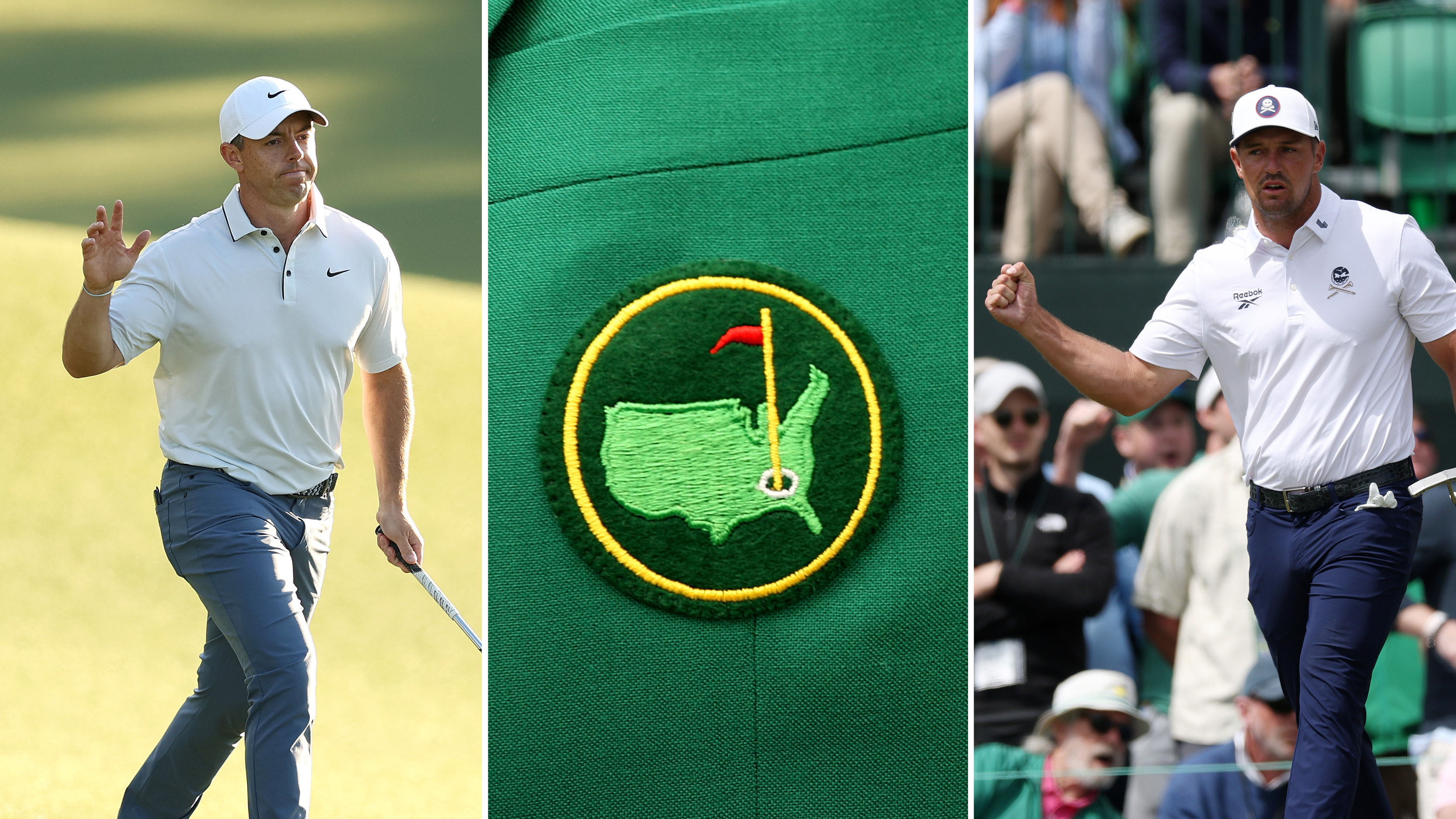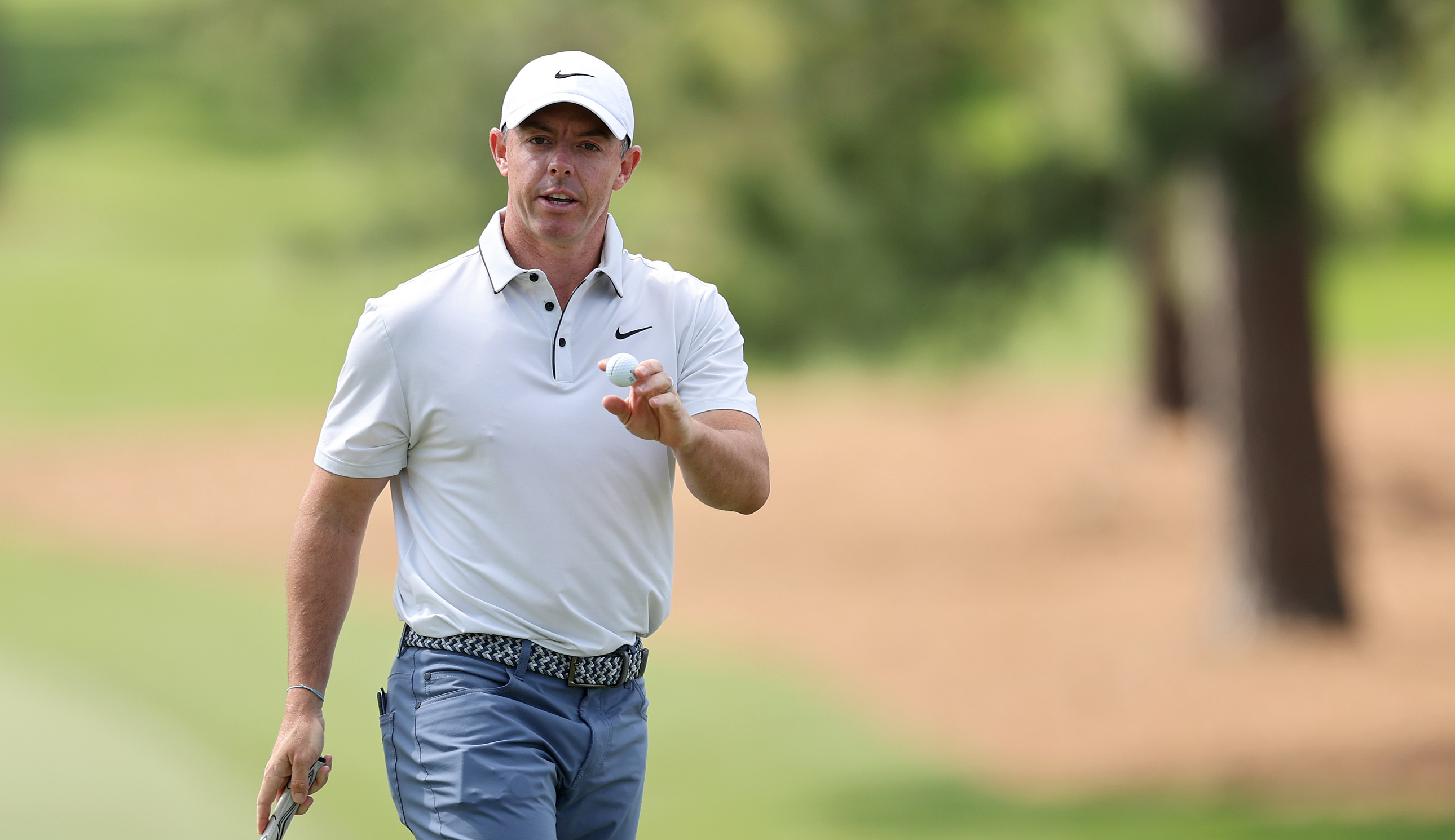It’s a different game in Glengarry...
Rock, scrub, bush and baking sun – welcome to the joys of Glengarry Golf Club, in Australia's New South Wales where there is not a blade of grass in sight. That doesn't deter reader David Paul who boldly sets off on the back of a Ute
I?m standing on the first tee, 3-iron in hand, addressing the ball and wondering if I?m aiming in the right direction. ?Just flight it a little to the right of that clump of Beefwood trees,? Leo suggests. ?The hole doglegs to the right, so you won?t be able to see the flag until you get over there.?
Looking out at the landscape ahead, I have no idea where the green is. I can see the cluster of trees Leo is referring to, so I take aim and hit the ball in their general direction. I climb down from the back of the multi-coloured, derelict flatbed Ford and we all stroll through the scrub in the direction of our drives, the white balls prominent against the reds and browns of the arid surroundings.
Glengarry is an opal-mining field in New South Wales, Australia. This region is very dry and temperatures can reach well over 40º in the summer. Rain is rarely seen (although when it does come it often results in severe flooding) and the landscape reflects the adverse weather conditions found in this area of the Australian outback. The red soil is hard, dry and dusty and the vegetation is more brown than green. So when Una and Leo Ballard, who have been mining opal at Glengarry for more than 20 years and are founding members of the Glengarry Golf Club, invited me to play a round of golf with them, I was more than a little intrigued to see their hand-built, 9-hole course.
The day started with me climbing onto the back of their Ute (this largely unique Australian vehicle is essential in this environment). We made our way along the rough and stony dirt road to the golf course, following signs painted on dismembered car doors and bonnets propped against the trunks of gum trees. Out here, where materials are hard to come by and everything that can be recycled is recycled, car part signposts are commonplace and, as I found out later, old vehicles are rarely left to just sit and rust away.
After travelling along the bumpy road for a few minutes, Una pointed ahead and said, ?That?s the course, just over there.?
I eagerly looked in the direction she indicated. Scrubland, red dusty soil, white mullock hills (the visible product of underground mining) and gum trees were all visible, but no sign of a golf course. I wasn?t sure what I expected the course to be like, but I did think that there would be some evidence of tees, fairways and greens. However, looking out from the back of the Ute - hands firmly grasping the roll-bar in an effort to keep upright as we bumped along the rough road ? all I could see was more of the same dry landscape and rocky terrain.
As we rounded a sharp corner, pulling up by the side of an old wooden shed (later I discovered this was where some of the members store their equipment), I still could not make out any signs of the Glengarry golf course. Before me was a flat expanse of dry bush and an old abandoned truck hidden behind some trees.
Get the Golf Monthly Newsletter
Subscribe to the Golf Monthly newsletter to stay up to date with all the latest tour news, equipment news, reviews, head-to-heads and buyer’s guides from our team of experienced experts.
?That?s the first tee,? Leo said, grabbing his clubs from the back of the vehicle. His set consisted of a one-wood, a seven-iron and an old putter. Una?s set contained the same combination of clubs and they had bought along an extra three-iron and putter for me to use.
?Where?? I looked around confused. ?The back of that Ford truck,? Una stated as she marched off towards the abandoned vehicle with clubs in hand.
I followed the Ballards to the multi-coloured truck, not quite believing my eyes. But there it was, spelled out in large colourful letters. Painted on the windscreen were the words: "Glengarry Social Golf Club. 1st tee. 281metres."
Amazed, I climbed aboard the truck, pushed my tee into the soft mixture of sand, soil and sump oil that covered the bed of the vehicle constituting the teeing ground and hit the ball in the direction given to me. Una and Leo then took their tee shots and I was relieved to see their balls flying off in the same direction as mine. We all set off towards the Beefwood trees for our next shot.
Even though it was late autumn in Australia the temperature was around 30ºc and I was thankful that I was in my T-shirt and shorts as we trekked along the parched fairway. Leo and Una, however, were wearing long sleeve shirts, jeans and working boots and complained about how the weather was getting cooler. I suggested that they should try coming over to England and play a round of golf during our cold and wet autumn months. They didn?t seem too keen on that idea.
Eyeing up the green, which I could now see through the trees, I took a couple of practice air-swings with a seven-iron I had been provided with and then started to address the ball.
?You?ll need to tee it up first,? Una said. ?If you try to hit it off the ground, there?s a good chance you?ll snap the club.?
Apparently, this is the standard course practice. Every shot you take, until you are on the green, needs to be teed up. Una has seen many players damage their clubs beyond repair on the rock hard ground, especially visitors who are not used to playing on this kind of terrain.
Following her orders, I tried pushing a tee into the solid ground where my ball had landed, but the earth was too hard and the plastic tee only bent under the pressure.
?Find a small crack in the ground,? Leo suggested. ?There are plenty around.?
With my ball sitting proud on the tee, I played my shot and finished just on the perimeter of the green. The other two followed, placing their balls nicely near the pin.
The harsh environment of this region of Australia means that the ?greens? also have to be constructed using easily obtainable materials on the Glengarry course. The hole is dug out of a low-lying mound made from the natural red soil of the area and sand. Used sump oil is then added to hold the mixture in place and to help make the greens run smoother. The greens themselves are usually no more than 3m wide, so any shot played from distance that lands on them is pretty good and I was quite pleased with my second shot landing just on the edge of this one.
Just like teeing up the ball on the fairway, I discovered that there is a special etiquette to follow once your ball has landed on the green. A handmade tool, similar to a garden rake without the prongs, is used to smooth the surface of the green from ball to hole. This gives a 2ft-wide channel for you to play the putt, but, even after carefully levelling the surface using this implement, my ball jumped and skipped as it made its way towards the cup.
My first putt fell well short of the hole, as judging the speed to play the ball seemed almost impossible. According to Leo, the speed the ball travels on the green depends on the soil, sand and sump oil mix, the recent weather conditions and how many players have used the green before hand! What chance did I have? It took me three poor attempts to sink the ball, whereas Leo and Una were able to hole their ball in one putt. Practice makes perfect, I suppose, and as we progressed around the course my ability to judge the greens improved (slightly).
The rest of the tees were not as spectacular as the first, but were constructed in a similar manner to the greens. But, as we played each hole, my ability to judge just where to hit the tee shot did not improve. Because of the lack of definition between rough, semi-rough and fairway - the terrain just a constant flat, dry landscape with occasional outcrops of bush, scrub and trees ? it was slightly confusing as to where best to play the shot for maximum advantage to the green. Una and Leo were a great help in pointing out the direction, but my ball somehow always managed to find a clump of dried grass or an especially large crack in the dry earth.
After completing the 9-hole course, we had all worked up a real thirst due to the heat of the day and the dust of the land. Leo and Una suggested that we go to the local pub for a couple of cold beers. That seemed like a fine idea to me, so we climbed aboard the Ute again and headed for ?The Club in the Scrub?. This is one of only a handful of pubs in the Glengarry area, all built by the local miners.
The building may have been crudely constructed from tree trunks and corrugated iron sheeting and not what one would expect of a clubhouse on an English golf course, but the Tooheys was very cold and very refreshing, really hitting the spot.
As the evening wore on, the pub began to fill up with the local miners. It seemed that everyone I met there had an interesting story to tell regarding their life on the opal field and, although not all of them played golf, most of them had an anecdote to convey about some of the more eccentric golf members of their small, close-knit community.
The whole day was a fantastic experience and one I will never forget, but it did make me realise how lucky we are in England to be able to enjoy a day?s golf on our beautiful, lush, green courses.
-
 Rory McIlroy vs Bryson DeChambeau: Who Are We Picking To Win The 2025 Masters?
Rory McIlroy vs Bryson DeChambeau: Who Are We Picking To Win The 2025 Masters?We're set up for a blockbuster final day at Augusta National where Rory McIlroy and Bryson DeChambeau play together in the final group
By Elliott Heath Published
-
 The Masters Crystal Rory McIlroy Has Already Won At Augusta National This Week
The Masters Crystal Rory McIlroy Has Already Won At Augusta National This WeekMcIlroy leads going in to the final round at Augusta National, with the four-time Major winner already bagging some silverware before he looks to claim the Green Jacket
By Matt Cradock Published